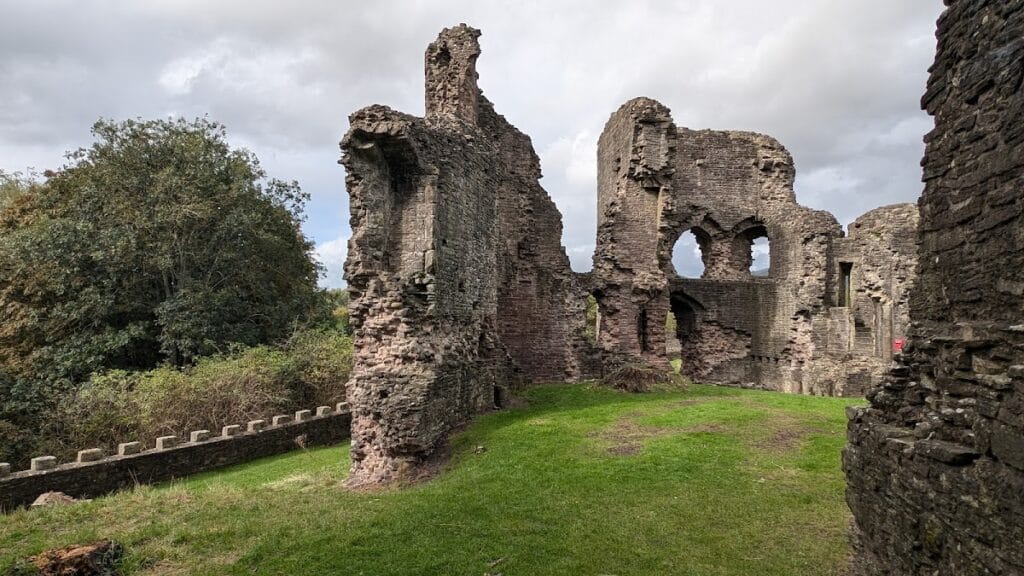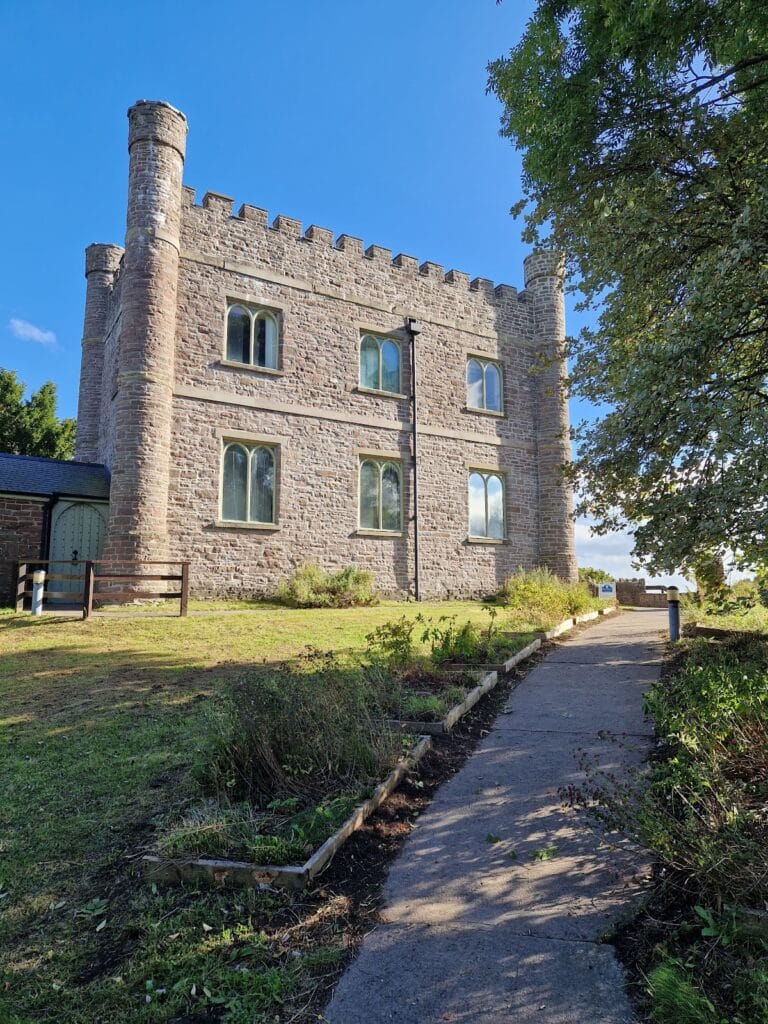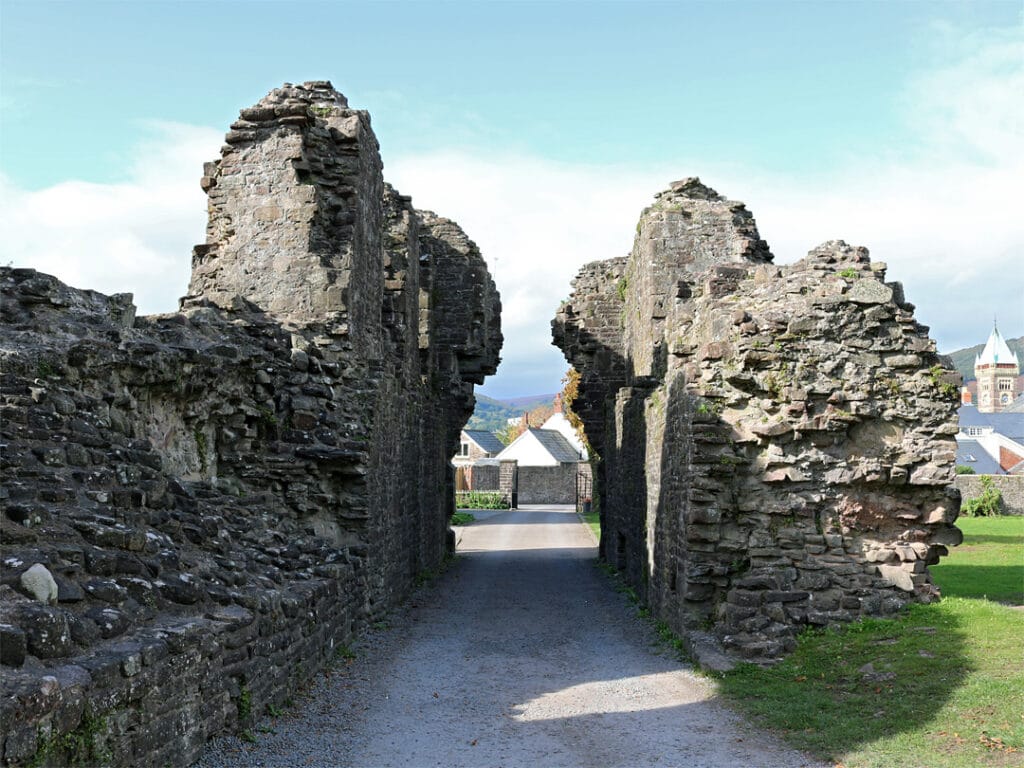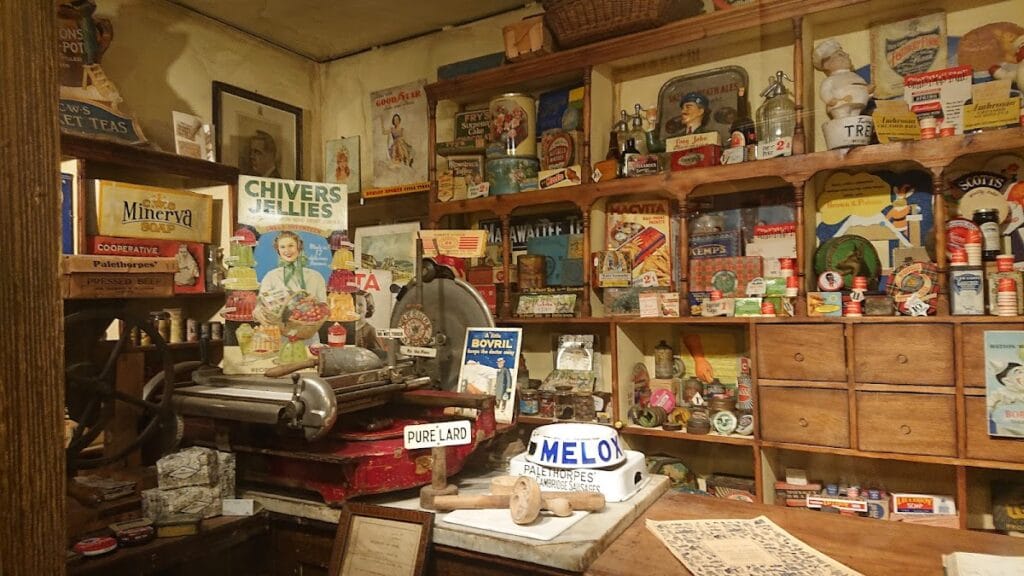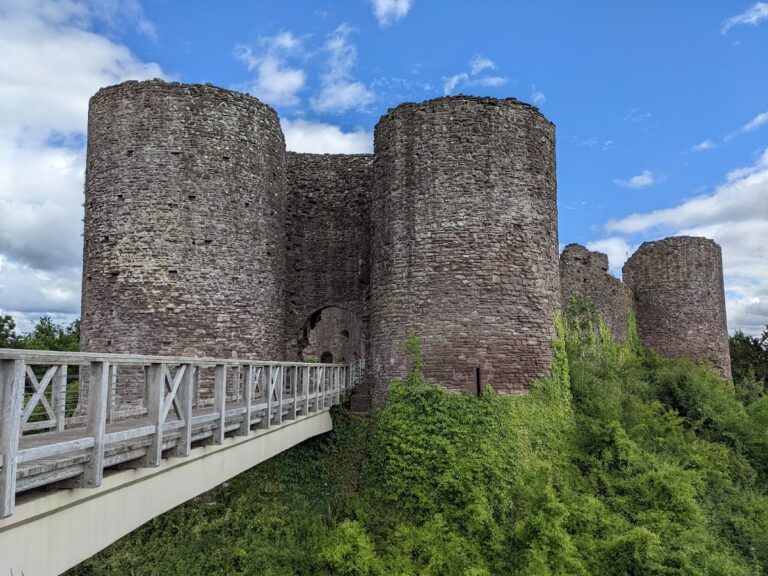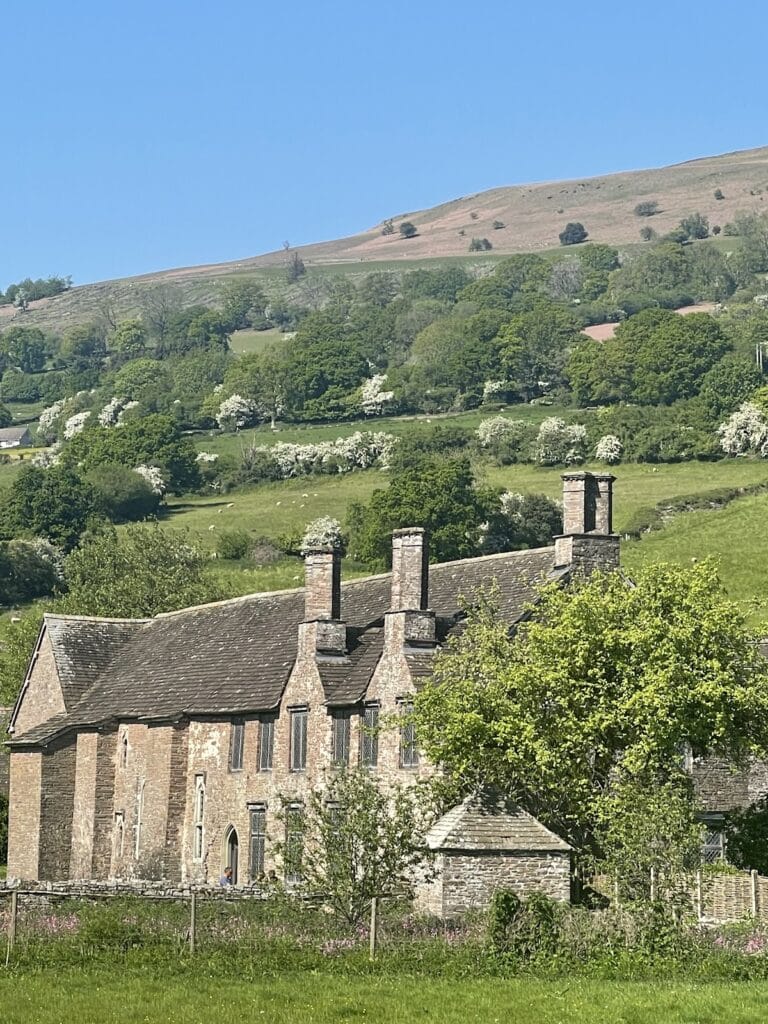Abergavenny Castle: A Norman Fortress in Wales
Visitor Information
Google Rating: 4.5
Popularity: Low
Google Maps: View on Google Maps
Official Website: www.visitmonmouthshire.com
Country: United Kingdom
Civilization: Medieval European
Remains: Military
History
Abergavenny Castle is located in the town of Abergavenny, Wales, and was originally constructed by the Normans following their arrival in the late 11th century. The fortress was established around 1087 by Hamelin de Balun, a Norman lord, to oversee and secure the strategic River Usk valley against Welsh attacks from the surrounding hills.
In its earliest phase, the castle featured a wooden keep perched atop a raised earthwork called a motte, along with a surrounding ditch and wooden palisade. Shortly after 1100, this wooden stronghold was replaced by a sturdier stone keep, reflecting the castle’s growing military importance. Over the course of the 12th century, Abergavenny Castle became entangled in regional power struggles. Notably, in 1175, William de Braose orchestrated a massacre in the castle’s great hall, slaughtering Welsh noblemen as vengeance for the death of Henry Fitzmiles. This brutal act led to political repercussions and a Welsh attack in 1182, during which the castle was burned.
Following this destruction, the castle underwent significant rebuilding around 1190, utilizing locally quarried Old Red Sandstone. The new stone fortifications included a strong curtain wall reinforced by five towers and a keep, reflecting the Norman effort to cement control over the contested border area known as the Welsh Marches. Throughout the 12th and 13th centuries, control of the castle shifted between Welsh and English forces, reflecting ongoing hostility and competition for dominance in the region.
The Hastings family, who assumed ownership in the 13th century, expanded the castle’s residential facilities in the late 1200s and early 1300s. John Hastings, 1st Baron Hastings, added two western towers—a circular one and a polygonal one—between 1295 and 1314. This period also saw the imposition of murage taxes, which provided funding for enclosing the town with protective walls.
In 1404, the castle faced an assault during the uprising led by Owain Glyndŵr, a Welsh nobleman who challenged English rule. The town was sacked, and the castle endured a siege. Records from 1405 list a garrison consisting of 80 mounted soldiers, their attendants, and 400 archers, underscoring its role as a military stronghold at this time. Around this period, the barbican—a fortified gatehouse protecting the main entrance—was constructed.
After the 15th century, Abergavenny Castle ceased to function as a noble residence. During the English Civil War in the mid-17th century, King Charles I ordered the castle to be deliberately damaged, or “slighted,” to prevent it from being used for military purposes. This action led to the destruction of much of the castle, including the stone keep. Many of the stones were later taken for use in other building projects.
In the late 18th and 19th centuries, the castle’s ruins became a feature for landscape appreciation. In 1819, Henry Nevill, 2nd Earl of Abergavenny, erected a hunting lodge on the motte. This lodge was subsequently converted into a museum showcasing local heritage. William Nevill, 5th Earl, developed formal gardens around the site, which offered scenic views over the Usk valley and complemented the picturesque character of the grounds. Since 1952, both the castle ruins and the hunting lodge have been protected as listed buildings, recognizing their historical and cultural importance.
Remains
The remains of Abergavenny Castle present an extensive layout characteristic of a medieval stone fortress, built primarily from distinctive local Old Red Sandstone. The castle originally featured a high curtain wall encircling its inner courtyard, which served as a formidable barrier. This wall still stands today and is considered the most striking surviving element of the site. Along the curtain wall, five towers were positioned to provide defensive strength and cover. Among these, two towers on the western side, built during the late 13th or early 14th century under John Hastings, stand out for having been designed as residential spaces; one possesses a circular shape, while the other is polygonal in form.
Within the castle complex, there were various domestic and functional structures, including cellars and kitchens needed for day-to-day castle life. The great hall, where important meetings and social events occurred, played a key role but no longer survives above ground. Defensive elements included a gatehouse, which incorporated a barbican added around 1405. This barbican—a fortified outer gateway—provided added security but has been described by historians as architecturally modest compared to other components.
Most of the stone keep and ancillary buildings were dismantled during the slighting in the English Civil War, leaving behind primarily the curtain wall and towers. On top of the motte stands a hunting lodge constructed in 1819 by Henry Nevill. This lodge is a simple, practical structure featuring slender polygonal columns at its corners. Today it functions as the Abergavenny Museum, preserving and exhibiting local historical artifacts such as a saddler’s workshop and a Victorian rural Welsh kitchen.
Surrounding the castle are extensive grounds laid out as formal gardens and walking paths established in the 19th century. These benefit from elevated views toward the Usk valley and incorporate ornamental gazebos, enhancing the site’s landscape setting. The castle site together with the hunting lodge, gardens, and other features hold various heritage designations that recognize their historic and architectural significance.
